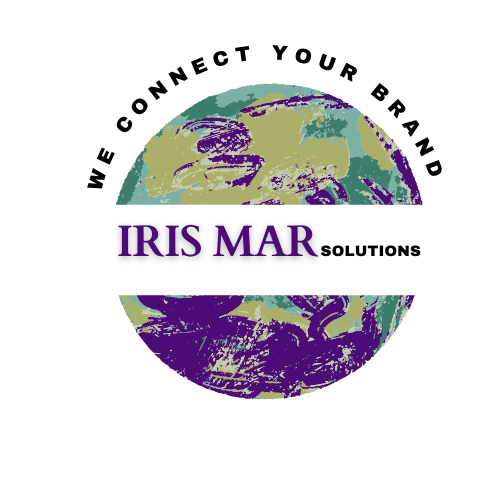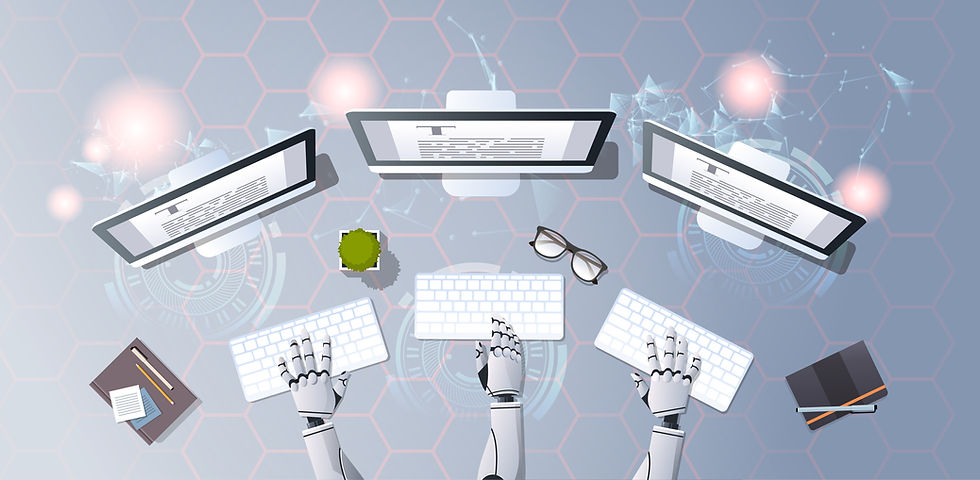How Does Your Content Reach Your Customers in the Age of IoT?
- Anne Marie Ianko

- Jan 4, 2019
- 4 min read
Content has transformed over the years. Before, there were simple websites and then we saw social media redefine how consumers wanted content and how brands delivered it.
Today, even smart devices are delivering us content and adapting to individual needs and behaviors. To understand how to reach consumers, you need to know what the Internet of Things (IoT) is.
The Age of IoT
IoT is already having a dramatic impact on our lives. This report from Gartner states there will be 20 billion connected things by 2020.
The Internet of Things describes devices that are connected to the internet and can talk to each other. This includes sensors, wearables and smartphones.
There are various networks which allow our devices to share data and offer a superior user experience.
Factories and businesses are taking advantage of IoT and experts say half of all businesses will run on the internet of things by 2020.
So what does this mean for content and IoT? Can companies survive the new era? The key to success is personalizing your content.
Content and IoT
Consumers are demanding a more personalized experience and they expect the content they receive to be relevant and interesting.
This means companies have to work harder to meet consumer demands. However, by combining content and IoT, you can deliver personalized content that meets customers’ requirements.
Personalization
Imagine a bracelet that will wake you up because it senses an irregular heartbeat. Or how about your oven sending recipe ideas to your smartphone?
The IoT is making this possible, and objects are coming to life thanks to the complex networks that run them.
The future holds many possibilities for consumers and while this surge in technology is extreme, many welcome it and looking forward to more devices becoming connected.
Personalized Content
When we go online, our experience depends on the content we see. Most of us prefer to see advertisements that have some relevance to our lives.
IoT is creating some excellent opportunities for companies to combine content and IoT.
Content can be delivered through many devices now, so consumers aren’t tied to their smartphone. It means companies can take advantage of more opportunities to advertise to consumers.
However, companies should know consumers want relevant content. There is a fine line between enjoying IoT and having your privacy invaded.
Massive volumes of data will be gathered through the IoT, which means companies can use it to provide consumers with a personalized experience.
Doing this will encourage consumer loyalty to a brand and also result in more conversions and sales.
What Should Companies Consider?
Companies should remember that their audiences are human beings and not machines. This is important because respecting consumers boundaries is central to a brands success.
IoT content will greet people when they wake up, talk to them during car journeys and much more. While many welcome this, our needs for peace and private time shouldn’t be ignored.
It’s important to balance content and IoT with consumers needs, wants and daily activities. Companies that do this will benefit from the trend instead of losing customers.
An audience should feel comfortable with IoT and not have to worry about data breaches. The last thing anyone wants is to feel insecure within their homes as Burger King discovered.
Burger Kings Home Invasion
Burger King took advantage of content and IoT with their advertisement. The audio in the advert triggered peoples Google Home devices.
However, the advert wasn’t received well by consumers and many saw it as a hijacking attempt rather than the company embracing the many possibilities IoT offers.
Diageos Success
While Burger King made mistakes from combining content and IoT, Diageo showed how respecting boundaries and appealing to consumer needs can make a huge difference.
The company embedded sensors into their Whiskey bottles for Father’s Day, meaning loved ones could leave video messages over the internet.
There was a huge surge in sales and Diageo gained recognition among the millennial crowd who saw the company as innovators in the beverage industry.
Preparing for IoT Marketing
Large companies are adopting IoT, which means smaller businesses should plan on how to combine content and IoT for the greatest impact.
The Content Marketing Institute says that by 2020 50% of consumers will use voice activated technology.
Companies should optimize content for voice searches and make sure consumers can access it on the go. Analytics is also important for smaller businesses to ensure they’re reaching consumers.
If you establish clear communication with consumers from the start, then you can deliver content through IoT channels positively.
The customer should always come first, and listening to what they want, when they want it and how they want to receive it means you can build a strong relationship and strengthen your marketing efforts.
Content Strategy Tips
Businesses need to develop an effective strategy that combines content and IoT. Here are some tips.
Create Accessible Content
Content is no longer just about websites and videos. We’ve seen the introduction of new devices such as smart glasses or augmented reality.
The most important thing is to deliver content in the right context. With so many devices operating across networks, there’s endless user information.
This means that content should be delivered in digestible chunks of useful information rather than streams of text and audio.
Be Clear
Long sentences don’t just discourage readers, they also don’t work well with IoT. Keep your phrases and sentences short and concise. This way it will be a lot easier to translate.
Work With IoT
IoT is about enriching user experience and making life easier for busy consumers. This means that the combination of content and IoT should be a team effort.
User experience teams, marketers and manufacturers should all work together to provide the best experience. This includes writing content that works with a device, not against it.
In this new age of technology, companies will have to show they can change and adapt to the smart device era.
Consumers have welcomed IoT and they prefer to buy smart devices for many reasons. By using content and IoT businesses can move forward and strengthen their consumer base long-term.





Comments